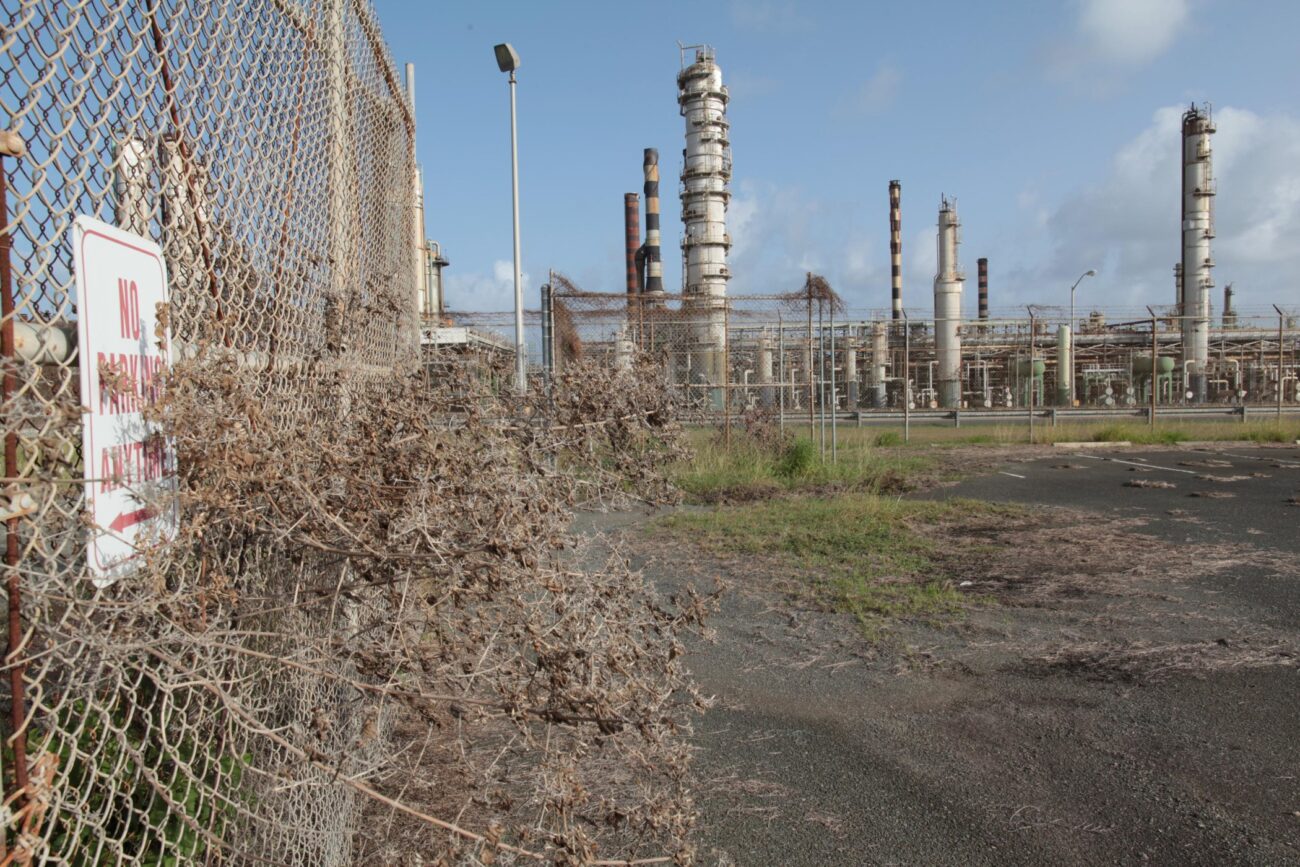Limetree Bay refinery files for bankruptcy amid conflict with EPA—report
After facing a series of suspensions due to non-compliance with environmental regulations, the Limetree Bay refinery in St. Croix has announced on Monday that it is seeking bankruptcy.
An article on Reuters reported that the “lenders hesitated on putting new cash into a project dogged by environmental violations, cost overruns and regulatory troubles.”
In May, the refinery was forced to temporarily shut down after clashing with the U.S. Environmental Protection Agency (EPA). Complaints of contaminated local drinking water, breathing problems, and foul odors—which led to schools being closed—were filed against the plant over the course of three months since its reopening in February.
The company said in its court filings that the EPA order and following investigations conducted by U.S. officials made their investors “wary of investing the additional money needed to get the refinery restarted.”
The financiers also objected to the refinery’s request for additional funds to complete the project, according to the head of EIG Global Energy Partners, the Washington-based private equity firm that leads the largest investor group.
EPA’s order to shut down the refinery for at least 60 days to comply with the agency’s requirements made the company’s investors doubt as to whether the refinery could restart, said Mark Shapiro, the chief restructuring officer, in the court filing.
Formerly known as Hovensa, the Limetree Bay refinery used to be the largest in the Western Hemisphere, producing 600,000 barrels per day. But in 2012, it became idle, and three years later filed for bankruptcy. It 2016, Arclight Capital Partners and Freepoint Commodities acquired the refinery with $3.5 billion as equity for the project, Reuters further reported.
The overhaul of the refinery, which employed 400 people who are mostly citizens of the U.S. Virgin Islands, “was the most expensive effort in nearly a decade to expand refining capacity in the hemisphere.”
Around $4 billion was invested in its revival, but the plan almost died out after construction delays and the COVID-19 pandemic.



